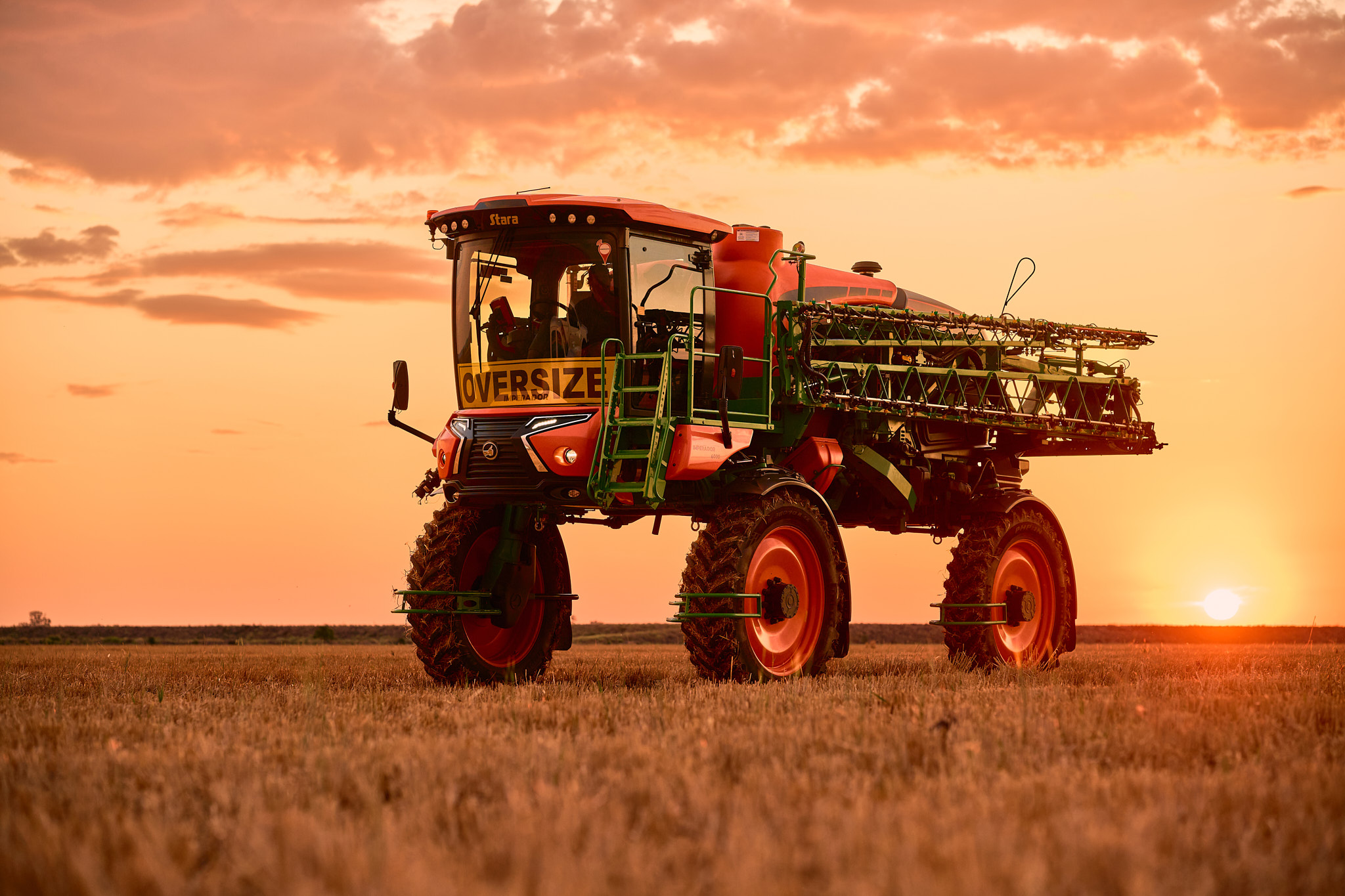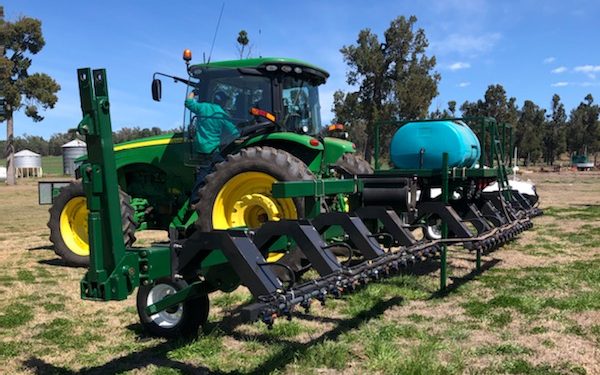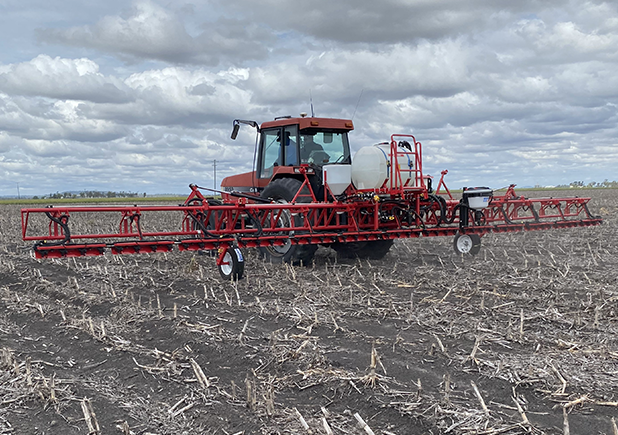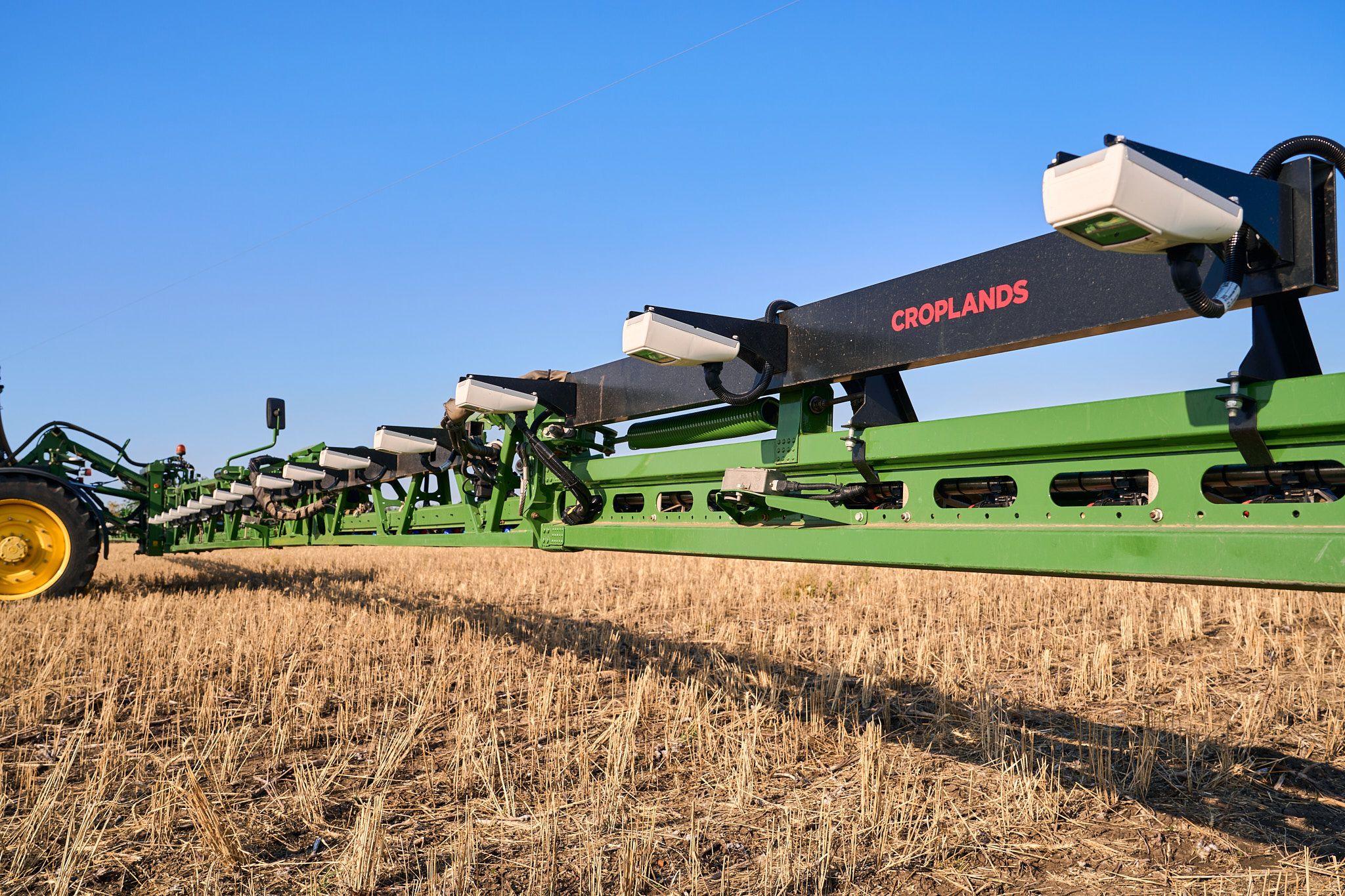a new star arrives – Croplands stara
JUNE 2023
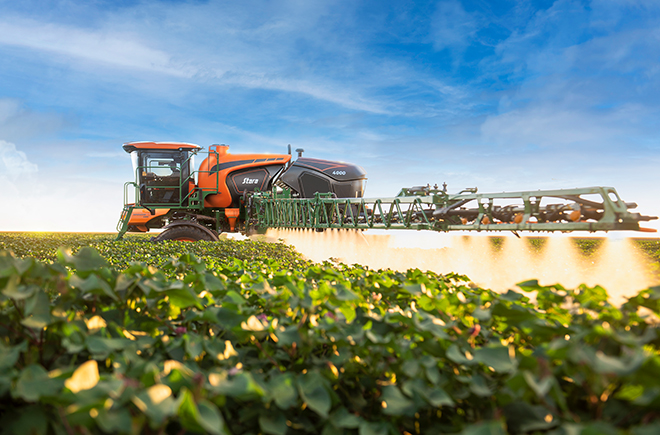
Croplands is introducing a new 4000-litre self-propelled sprayer with an innovative design that provides more stability to the boom and therefore delivers more chemical to the crop.
The Stara 4000 is built by Brazilian company Stara. It comes standard with a 36m boom, 1.6m underframe clearance, four-wheel steer and continuous recirculation and tiered booms.
Croplands national sales manager Jeremy Rennick says Stara has been in business for 60 years and is Brazil’s largest agricultural machinery manufacturer. It produces a wide range of products in addition to sprayers, including spreaders, chaser bins, planters, seeders and precision farming tools.
Stara is an impressive company. The scale of the agricultural industry in Brazil is massive, and Stara builds high-quality machines to meet its needs.
Jeremy Rennick, Croplands National Sales Manager
They provide very good customer support, including their own remote access system that factory technicians can use to connect to a machine to help the operator solve issues in real time.
We have done extensive testing in Australia and we are confident that the Stara will stand up to our demanding conditions. It will be a very attractive option for row crop applications, but it will also be very handy in many broadacre operations.”
Jeremy says one of the Stara’s unique features is the mounting system for the boom. It sits midway between the front and rear axles so, unlike a boom mounted over the rear (or front) axle, it is less affected by any up and down movements in uneven ground.
According to Stara, Brazil’s Agrarian Foundation of Agricultural Research has conducted tests that show 58 percent more of the chemical reaches the target with the Stara’s mid-mounted boom.
“The boom’s ride and the accuracy of the application are pretty amazing, and because it is mounted at the midpoint of the chassis, the operator has a much better view of the boom during work.
“Safety is another consideration and the Stara’s boom does not spray on or under the cab or chassis. The wings only spray out to the sides, and a separate boom at the rear of the machine sprays where the wheels and chassis have passed.
“Another benefit of mounting the boom in the middle of the chassis is it gives a 50-50 weight distribution between the front and rear axles. This reduces compaction, which is a major concern to many Australian farmers, and it also lowers fuel consumption,” Jeremy says.
Australian farmers and contractors often have to work on their own equipment so the fact that Stara has common running gear is a plus. It has a Cummins 6-295 CV electronic engine with a turbocharger and Rexroth hydrostatic transmission.
The spray system, the steel boom and the rigid steel chassis are all technology that Croplands is familiar with, Jeremy says.
Standard on Stara sprayers sold in Australia 1.6m underframe clearance and 3m hydraulically adjustable track widths. Jeremy says this will be the most popular specification and will handle jobs like desiccating taller crops such as sorghum and canola.
There is also the option of a hydraulic lift system that can raise the clearance height to 2m. It is ideal for spraying specialty crops such as corn or sugarcane.
With full boom recirculation, the operator can prime the system on the way to the first paddock, and with the tiered boom, the Stara is always automatically spraying at the ideal rate, no matter the forward speed.
The Stara comes standard with a Trimble GPS receiver on the roof, and Stara’s telemetry system for remote monitoring and troubleshooting.
“With the telemetry system you can either talk to a Croplands technician or a technician at the Stara factory. It can also be used to send assignments to the spray operator,” Jeremy says.
“Stara staff have been in Australia to train our technicians, and we will be holding a wide range of spare parts to back up our customers. We also have full visibility of the stock that Stara has in its warehouses.”

Croplands has been sourcing and importing the world’s best self-propelled sprayers for three decades starting with the SpraCoupe in the early 1990s. Since that time, the range has evolved to meet the ever-changing needs of Australian growers.
Last year Croplands celebrated its 50 anniversary, and in its half century of involvement in the industry it has built up a depth of spraying expertise. When farmers or contractors invest in a self-propelled sprayer from Croplands they are also investing in that expertise.
Whether the issue is technology or application, the Croplands team has the experience to provide unparalleled service and ongoing technical support.
The Stara was unveiled at the Farmfest Field Days in Toowoomba in June and will also be on display at the AgQuip Field days at Gunnedah in August.
